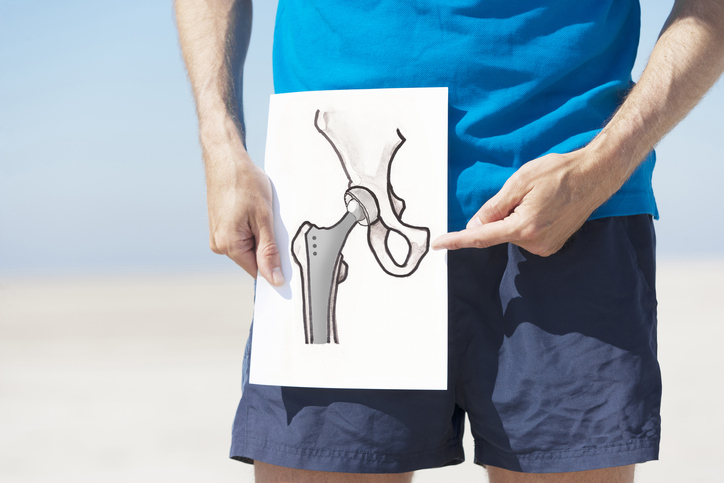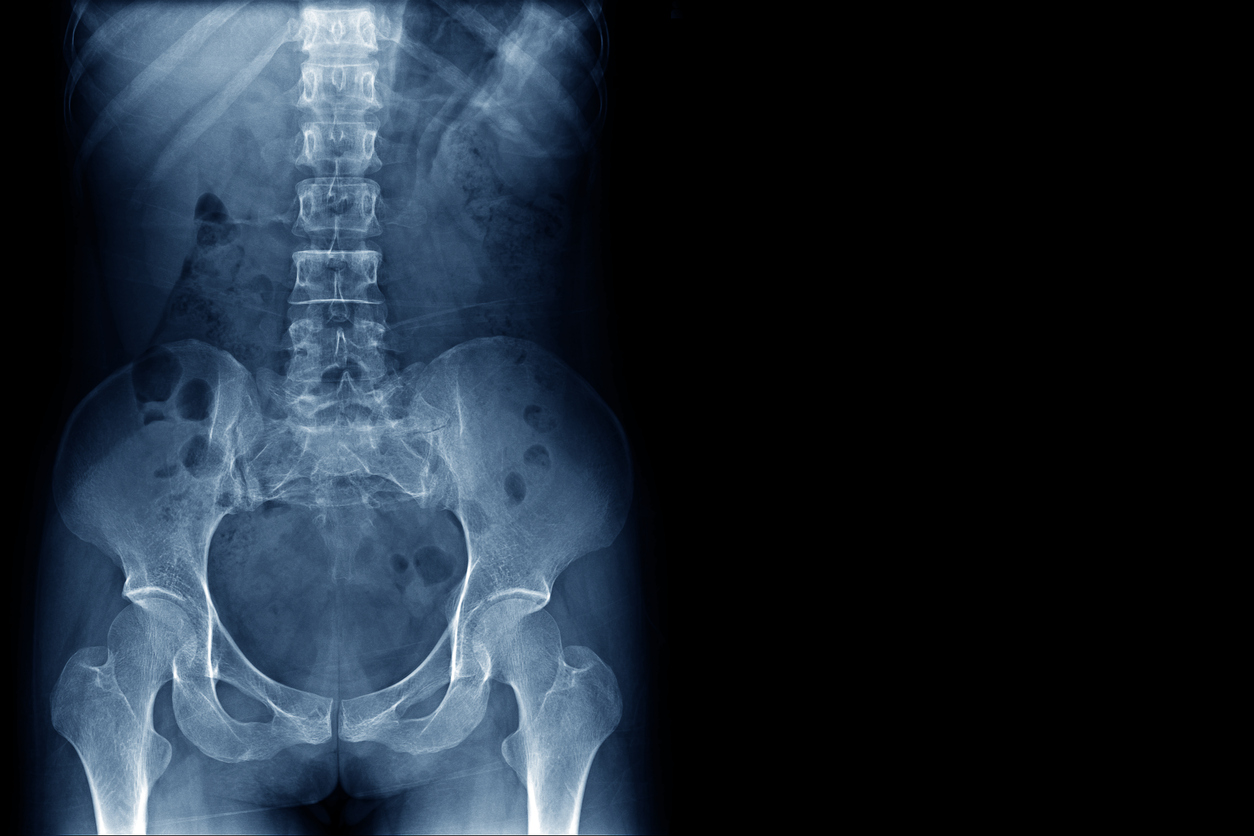Treatments
What Is Knee Replacement?

Knee replacement, or knee arthroplasty, is a surgical procedure that involves removal of damaged bone and cartilage in the knee and replacing it with an artificial joint (prosthesis). The prosthesis is attached with acrylic cement to the lower femur (thigh-bone), upper tibia (shin-bone), and back portion of the patella (kneecap). Replacing a damaged knee with a prosthetic typically reduces pain while improving functionality.
Knee replacement surgery may be needed due to damage from osteoarthritis (the leading cause of knee replacement), rheumatoid arthritis, deformities, or injuries. It is one of the most common bone surgeries in the United States, with over 600,000 being performed each year. Knee replacements last approximately 20 years.
Types of knee replacement surgery
Bilateral knee replacement consists of having both knees replaced at the same time. There are five types of knee replacement surgery, which include the following:
- Total knee replacement. This is the most common type of knee replacement surgery. It involves replacing the surfaces of both the femur and tibia that connect to the knee.
- Partial knee replacement. This surgery may be possible if arthritis has only affected one side of the knee. Partial knee replacement surgery requires strong ligaments and normal cartilage in the knee. It involves a smaller incision than a total knee replacement surgery.
- Patellofemoral replacement. This type of knee replacement is especially effective for damage caused from chronic kneecap arthritis. It involves the replacement of the underside of the patella and the groove it sits in.
- Complex knee replacement. Also known as a revision replacement, this may be needed if one or more knee replacement surgeries have been completed or if arthritis is severe. It is a complicated surgery that requires the removal of the existing prosthetic, which has likely grown into the bone. Removing the prosthetic leaves less available bone; therefore, a bone graft may be necessary.
- Cartilage restoration. If the knee has only an isolated area of injury or wear, the damaged area is replaced with a living cartilage graft or cells which grow into cartilage.
Types of knee implants
Knee implants are often designed to suit height, weight, and activity levels. The types of knee implants are categorized by the material that rubs against each other when flexing the knee. The four types of prosthetics commonly used for knee replacement surgery include the following:
- Metal on plastic. This type of implant has the longest lifespan, and is the most common and least expensive. It consists of a metal femoral component that rides on a plastic spacer attached to the tibial component. Over time, tiny particles can wear away from the spacer, which may cause an immune response. Eventually, this could cause the implant to fail.
- Ceramic on plastic. This prosthetic uses a ceramic femoral component that rides on a plastic spacer attached to the tibial component. It may be used for individuals with a nickel allergy or sensitivity. Plastic particles from this implant may also cause an immune response.
- Ceramic on ceramic. This implant uses ceramic for both the femoral and tibial components. It is less likely to cause an immune response; however, in rare cases, it may shatter when under heavy pressure. Ceramic on ceramic prosthetics can also produce a squeaking noise when walking.
- Metal on metal. In this type of prosthetic, both the femoral and tibial components are made of metal. Although this provides longer lasting joint replacement, traces of metal can leak into the bloodstream causing inflammation, pain, and possible organ damage. It is not commonly used for knee replacement and only considered for young active men. Metal on metal is not an option for women of childbearing age due to the unknown effects on a fetus.
Knee replacement procedure
Knee replacement surgery takes approximately two hours to complete. It may be done as outpatient or inpatient surgery. The length of medical clinic stay following surgery depends on the individual. Medications are typically prescribed to help ease pain. Following general or regional anesthesia, the procedure involves the following steps:
- The knee is placed in a bent position while a six to ten inch incision is made over the patella.
- The surgeon moves the patella and prepares the joint surface by cutting away damaged bone and cartilage.
- After preparing the joint surface, one end of the prosthesis is attached to the lower femur, while the other end is attached to the upper tibia using bone cement or screws.
- The underside of the patella will be attached with a special bone cement.
- The surgeon bends and rotates the knee, testing for proper functionality.
- Muscles and tendons are then repaired prior to closing the incision.
















